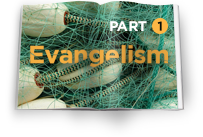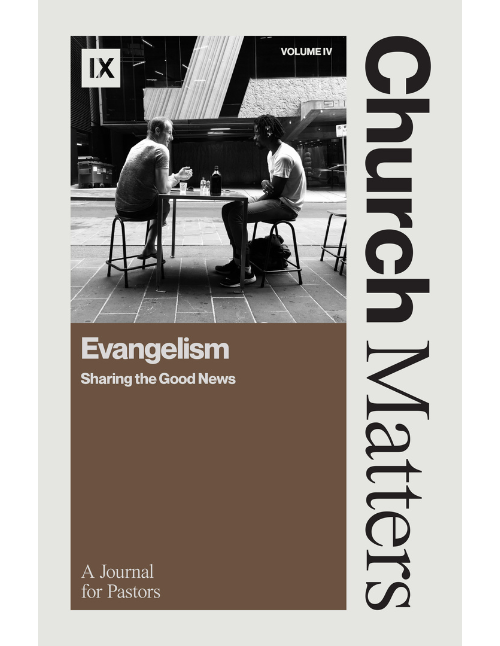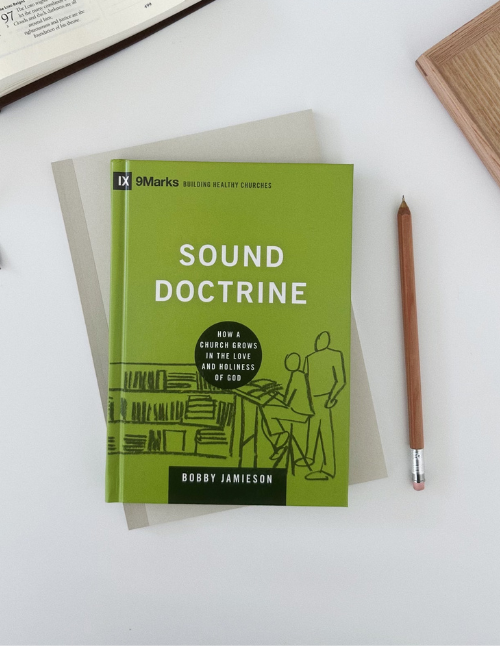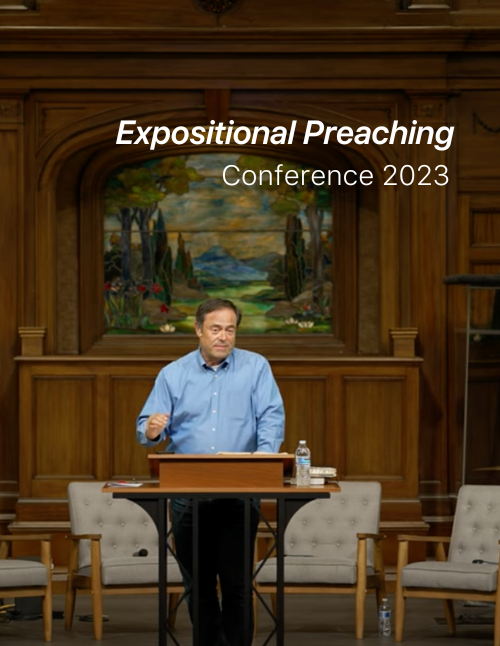Evangelism Tool Review: Two Ways to Live
Every Christian should know the gospel and be able to present it to others (1 Pet. 3:15). Now, our circumstances, personalities, and gifts will vary hugely. Nonetheless, if you are a follower of Jesus, you should know the central message of Christianity, and be able to articulate it faithfully and clearly. Two Ways to Live by Matthias Media is an excellent resource to help you do just that.
PRESENTATION
Two Ways to Live summarizes the message of Christianity in six steps, following the logic and storyline of the Bible.
- God, the loving ruler and creator. God made the world and made mankind to rule under him.
- Humanity in rebellion. This world is not the way it should be because all people have rebelled against God.
- God won’t let people keep on rebelling forever. God is good and will call all people to account. The punishment for our rebellion is death and judgment.
- Jesus, the Man who dies for rebels. Because of his love, God sent his Son Jesus Christ to offer his life on the cross, taking our punishment and bringing us forgiveness.
- Jesus, the risen ruler. God accepted Jesus’ death as full payment for our sins, and raised him from the dead to prove it. Jesus now reigns and will one day return to judge the world.
- The two ways to live. We can continue living our way, rejecting God’s rule and running life our way, or we can live in God’s new way, submitting to Christ and relying on his death and resurrection.
First, this is an excellent gospel presentation. Most importantly, it is faithful to Scripture. This is the good news of Jesus Christ, as foretold by the Old Testament and proclaimed by the New.
Second, it’s easy to remember. It is two points longer than the “God, Man, Christ, Response” outline that I’m most familiar with. But the additional points are simply an expansion on Man (points 2 and 3) and Christ (points 4 and 5). In a culture resistant to the idea of sin and judgment, it’s good to give a little more time to the reality and consequence of our rebellion. And given how easily we can treat the resurrection as an afterthought, it’s helpful to have a separate discussion of its significance, both in our salvation and in the coming judgment.
Third, as people are increasingly illiterate when it comes to the Bible, Two Ways to Live presents the gospel in language and ideas that are understandable. By talking about God as king, sin as rebellion, judgment as being cut off from God’s goodness and punished by God, repentance and faith as submitting and relying, Two Ways to Live presents the gospel without using too many Christian-y terms, but without watering it down either.
RELATED RESOURCES
So the content of TWTL is faithful and useful. Even more useful, there are three categories of resources that go with it:
- Training Christians to share the gospel. Two Ways to Live: Know and Share the Gospel is a seven-week course (with a Leader’s Manual, Workbooks, and DVDs) designed to train Christians in sharing the gospel. What I appreciated about it is that it doesn’t just train students to give rote presentations, but to use it as a framework for presenting the gospel thoughtfully in various situations.
- Evangelistic resources to give away. Two Ways to Live booklets come in many varieties: for adults, for children, in digital formats (CD-ROM, iPhone app, web), and in various translations (Chinese, French, Japanese, Spanish). There is also a Two Ways to Live booklet in Bible study format that allows a seeker to open a Bible and walk through the presentation interactively. All these are excellent.
- Longer evangelistic Bible studies. The Essential Jesus presents the life of Jesus through the Gospel of Luke, and then explains it using Two Ways to Live. This would be great to give to someone who has never read the Bible before. There is also a longer children’s book, Gumtree Gully by Kel Richards, which presents Two Ways to Live as a children’s parable. Two Ways to Live is also simple enough so that any church could easily develop a 6-week study through it in order to train members in evangelism. (See, for example, Capitol Hill Baptist Church’s Two Ways to Live Core Seminar.)
In other words, there is no shortage of ways you can use this in your discipleship and your evangelism.
BOTTOM LINE
Bottom line? Use Two Ways to Live! We want to be prepared to give the reason for the hope that we have to anyone who asks. Two Ways To Live is a great place to start.









